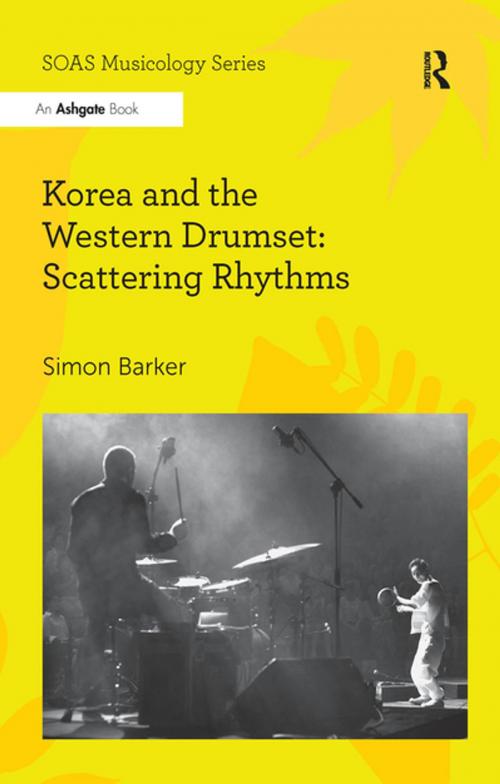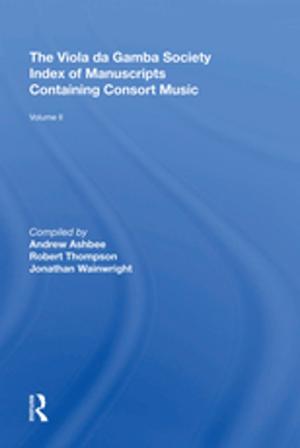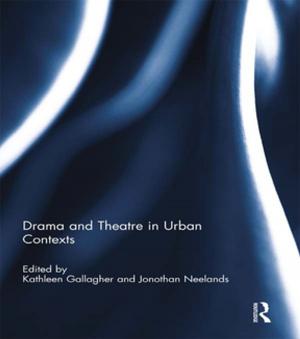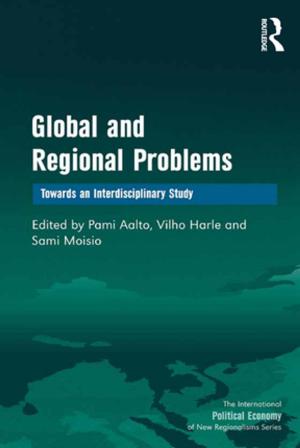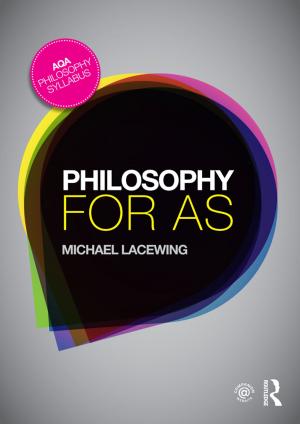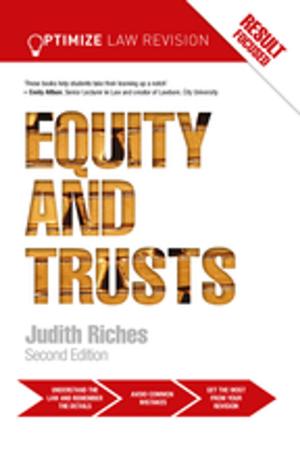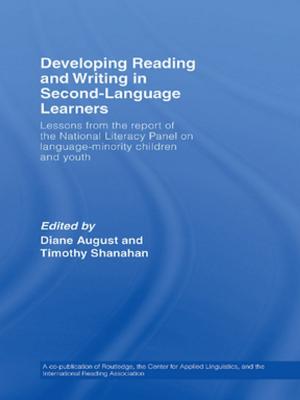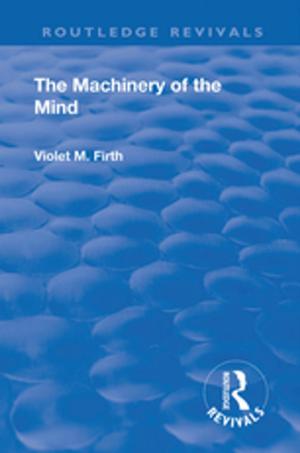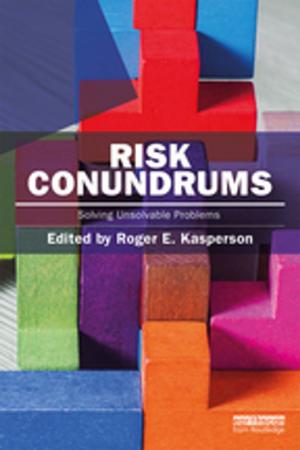Korea and the Western Drumset: Scattering Rhythms
Nonfiction, Entertainment, Music, Instruments & Instruction, Percussion, Theory & Criticism, Ethnomusicology, General Instruments| Author: | Simon Barker | ISBN: | 9781351923866 |
| Publisher: | Taylor and Francis | Publication: | December 5, 2016 |
| Imprint: | Routledge | Language: | English |
| Author: | Simon Barker |
| ISBN: | 9781351923866 |
| Publisher: | Taylor and Francis |
| Publication: | December 5, 2016 |
| Imprint: | Routledge |
| Language: | English |
For over a century, drummers have been turning to a variety of percussive traditions as prompts for the creation of new expressive possibilities on the drumset. In this book, Simon Barker sets out in detail the developmental processes he has followed creating an improvisational language for the drumset utilizing Korean rhythm/sticking cells, aesthetic conceptions, improvisatory codes, and developmental procedures. Barker offers historical overviews of Korean traditional rhythmic forms, analysis of rhythmic structures appearing in a variety of styles, an analysis and chronological account of his development of a 'Koreanized' approach to the drumset, a methodology for performing p’ansori accompaniment on the drumset, an introduction to Korean extended techniques, and a large collection of drumset studies based on Korean traditional forms such as tasÅrÅm, ch’ilch’ae, and ritual music structures from Korea’s East Coast. Barker also explores physical practices employed by Korean musicians which aid in the development of a relaxed, dynamic approach to performance. He creates a framework for creating an alternative approach to drumset education and performance through an engagement with Korea’s extraordinary rhythmic and aesthetic traditions. The volume includes an accompanying CD featuring recordings of developmental exercises, solo drumset improvisations, and ensemble performances, each track representing a subject of discussion within the volume.
For over a century, drummers have been turning to a variety of percussive traditions as prompts for the creation of new expressive possibilities on the drumset. In this book, Simon Barker sets out in detail the developmental processes he has followed creating an improvisational language for the drumset utilizing Korean rhythm/sticking cells, aesthetic conceptions, improvisatory codes, and developmental procedures. Barker offers historical overviews of Korean traditional rhythmic forms, analysis of rhythmic structures appearing in a variety of styles, an analysis and chronological account of his development of a 'Koreanized' approach to the drumset, a methodology for performing p’ansori accompaniment on the drumset, an introduction to Korean extended techniques, and a large collection of drumset studies based on Korean traditional forms such as tasÅrÅm, ch’ilch’ae, and ritual music structures from Korea’s East Coast. Barker also explores physical practices employed by Korean musicians which aid in the development of a relaxed, dynamic approach to performance. He creates a framework for creating an alternative approach to drumset education and performance through an engagement with Korea’s extraordinary rhythmic and aesthetic traditions. The volume includes an accompanying CD featuring recordings of developmental exercises, solo drumset improvisations, and ensemble performances, each track representing a subject of discussion within the volume.
